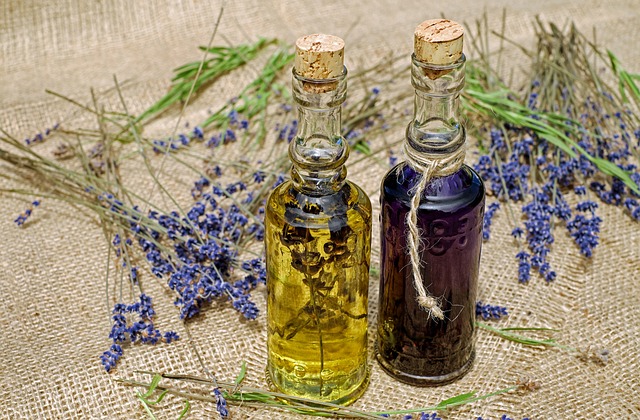The Renaissance of Natural Beauty: A Journey through Aesthetics
The world of beauty has long been a dynamic arena of constant evolution, where trends rise and fall only to be reborn again in a different form. One such trend that has garnered significant attention in recent years is the resurgence of the appreciation for natural beauty. This is not a new concept, but rather a revival of an ancient ethos, a renaissance of the natural aesthetic. The shift towards natural beauty is not just about raw physical allure, it is about embracing individual uniqueness, fostering self-love, and promoting a holistic approach to beauty. This article will delve deep into this phenomenon, tracing its roots, its current relevance, and potential future trajectories.

Ancient Origins of Natural Beauty
Historically, the appreciation of natural beauty can be traced back to ancient civilizations. For instance, in Ancient Greece, beauty was viewed as a gift from the gods, and it was believed that one’s physical appearance was a reflection of their inner virtue. This philosophy was reflected in their art and literature, where natural, unadorned beauty was often celebrated.
Later, during the Renaissance, the ideal of beauty was again associated with naturalness. Artists like Leonardo da Vinci and Botticelli depicted human figures in their most natural state, emphasizing authenticity and individuality.
The Shift towards Natural Beauty in the Modern Era
In the 20th century, the beauty industry was largely dominated by a cosmetic culture that promoted a heavily made-up look. This began to change in the late 20th century as people started questioning the unrealistic beauty standards perpetuated by the industry. There was a growing desire to break free from artificial constructs and embrace a more natural aesthetic, which has carried through to the 21st century. Now, more than ever, people are embracing their natural self, and the beauty industry is responding accordingly.
Current Relevance and Impact
This shift towards natural beauty is significant in the modern day as it is a direct response to the unrealistic and often harmful beauty standards that have been propagated by media and the beauty industry for years. It is a call for diversity and inclusivity, for acceptance of all types of beauty.
Moreover, it has led to the rise of the ‘clean beauty’ movement, which emphasizes using products that are free from harmful chemicals and are ethically sourced. This movement has not only transformed the beauty industry but has also had a significant environmental impact.
The Reception of Natural Beauty
The renaissance of natural beauty has been widely received with positivity. The beauty industry, which was once notorious for promoting unattainable beauty standards, is now celebrating diversity and individuality. Brands are increasingly featuring models of different ages, races, and body types in their campaigns.
The general public, too, has welcomed this shift. For many, the acceptance of natural beauty has been liberating. It has given them the freedom to embrace their true self, without the pressure to conform to societal beauty standards.
The Future of Natural Beauty
As the beauty industry continues to evolve, the trend towards natural beauty is expected to remain a significant driving force. The growing demand for ‘clean beauty’ products indicates a sustained interest in natural, ethically sourced products.
Moreover, with a global pandemic forcing a reevaluation of priorities, there is a renewed focus on health and wellness, which aligns with the philosophy of natural beauty. The future of beauty, it seems, is not just about looking good, but also about feeling good and being in harmony with oneself and the environment.
In conclusion, the renaissance of natural beauty is not merely a trend, but a shift in societal attitudes towards beauty. It is a move towards acceptance and inclusivity, a celebration of diversity, and a commitment to sustainability. As we move forward, it is crucial to continue this momentum, fostering a culture of beauty that is holistic, healthy, and inclusive.




